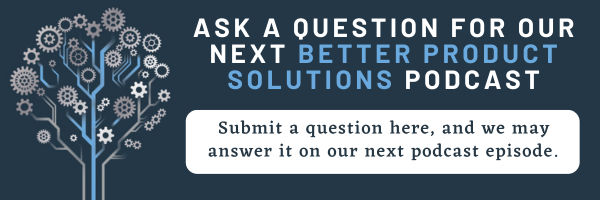In this episode, we chat with Harald Breivik, CEO of Condalign, a technology company based in Oslo, Norway, that focuses on developing and commercializing conductive materials. We delve into the collaboration between Condalign and Tapecon, highlighting their conductive products and technology.
We explore the core technology behind Condalign, which involves a patented process to manufacture conductive films with aligned particles. These films can be used for both thermal and electric conductivity, with applications in bonding electronic components and heat transfer. Harald shares insights into the technical advantages of Condalign's conductive film over traditional conductive epoxy, emphasizing its quick assembly and bonding capabilities on heat and pressure-sensitive materials.
Watch The Video
Listen to the Audio
Conversation Overview
-
-
Introduction and Collaboration:
- Steve and Harald discussed their collaboration between Condalign and Tapecon, highlighting their conductive products and technology.
- Harald introduced himself and his company, Condalign, based in Oslo, Norway, and mentioned their focus on developing and commercializing conductive materials.
-
Core Technology of Condalign:
- Harald explained the core technology behind Condalign, which involves a patented process to manufacture conductive films with aligned particles.
- These films can be used for both thermal and electric conductivity, with applications in bonding electronic components and heat transfer.
-
Advantages of Condalign Film:
- Harald described the technical advantages of Condalign's conductive film over traditional conductive epoxy.
- The film works like a double-sided tape, allowing for quicker assembly and bonding on heat and pressure-sensitive materials, such as paper and biodegradable products.
-
Applications and Use Cases:
- Harald showcased various applications of Condalign's technology, including smart cards, RFID bonding, medical devices, and smart labels.
- He emphasized the flexibility and efficiency of their film in different use cases, such as bonding displays and flexible batteries.
-
Challenges and Integration:
- Harald discussed the challenges engineers face when integrating Condalign's film into their processes.
- He highlighted the importance of surface preparation and the need for collaboration with companies like Tapecon to develop new manufacturing processes for placing the film onto substrates.
-
Future Focus and Market Potential:
- Harald outlined the future focus areas for Condalign, including smart labels, RFID bonding, smart cards, and medical patches.
- He mentioned their thermal interface material as another area of interest, using the same manufacturing technology to address different markets.
-
Support and Collaboration:
- Harald emphasized the support Condalign offers to clients, including sample materials and application engineering assistance.
- He encouraged potential clients to reach out for testing and integration support to achieve successful solutions.
